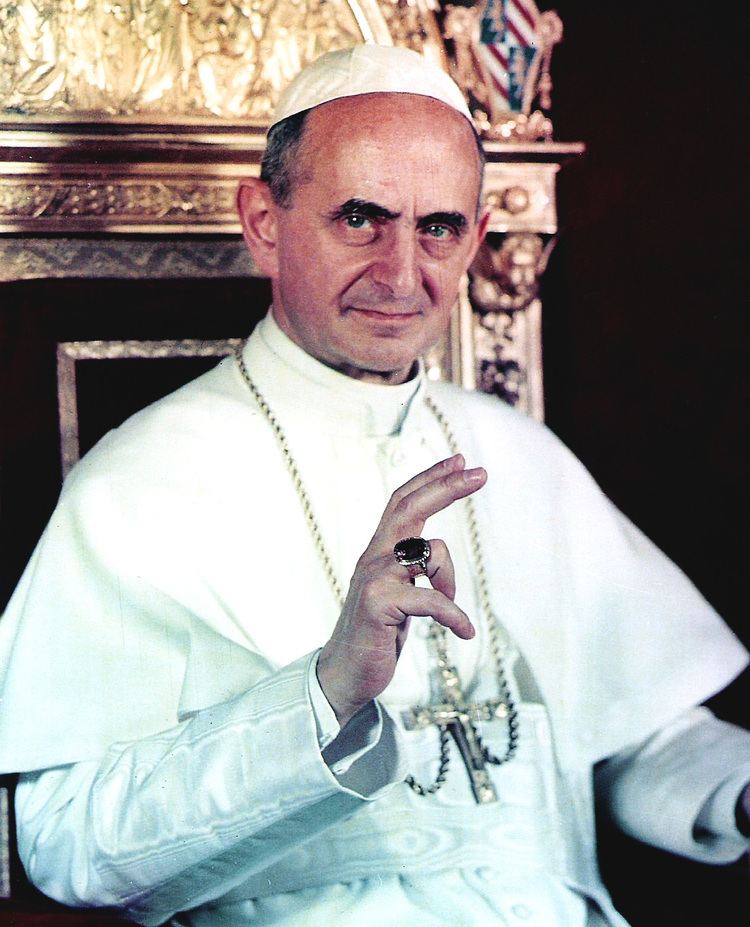 |
| Christ in the Desert, 1898, by Breton Rivière |
I have been enjoying Peter Kwasniewski’s new book Close the Workshop, which argues that the old rite did not need to be fixed and that the new rite cannot be fixed. To support his argument, Kwasniewski begins with an analysis of the Second Vatican Council’s Constitution on the Liturgy, Sacrosanctum Concilium (SC), arguing that the document was not kidnapped later on but contains within itself timebombs that were then detonated by Archbishop Bugnini and his colleagues.
One of the fruitful ways that Kwasniewski proceeds in his task is by assembling several statements from
SC that, when stripped of their reassuring context and laid bare, can be seen in a new and rather startling light. In the same spirit, and on this solemn day of Good Friday, I would like to call our attention to Article 110 of this document:
Paenitentia temporis quadragesimalis non tantum sit interna et individualis, sed quoque externa et socialis. Praxis vero paenitentialis, juxta nostrae aetatis et diversarum regionum possibilitates necnon fidelium condiciones, foveatur, et ab auctoritatibus, de quibus in art. 22, commendetur.
Sacrum tamen esto jejunium paschale, feria VI in Passione et Morte Domini ubique celebrandum et, juxta opportunitatem, etiam Sabbato sancto producendum, ut ita, elato et aperto animo, ad gaudia dominicae Resurrectionis perveniatur.
The English translation for which is:
During Lent penance should not be only internal and individual, but also external and social. The practice of penance should be fostered in ways that are possible in our own times and in different regions, and according to the circumstances of the faithful; it should be encouraged by the authorities mentioned in Art. 22.
Nevertheless, let the paschal fast be kept sacred. Let it be celebrated everywhere on Good Friday and, where possible, prolonged throughout Holy Saturday, so that the joys of the Sunday of the resurrection may be attained with uplifted and clear mind.
The first paragraph affirms the traditional teaching that corporate Lenten penances are good and that the Church has the capacity to make prudential adjustments to these penances according to place and time. But it stops short of declaring that the Church has the right to mandate fasts, using the language of encouragement (foveatur and commendetur) rather than prescription. One of the controversies of the Protestant Reformation was whether the Church has the authority to tell the faithful that they must fast on pain of sin, with figures like Zwingli vehemently maintaining that she does not. The first paragraph of SC 110 seems hesitant to condemn Zwingli’s error. It also omits any reference to the guidance of the Holy Spirit in shaping the Church’s penitential practices, which could give the impression that such practices are purely manmade or positivist.

If the first paragraph shies away from declaring all of the Church’s authority, the second paragraph swings in the opposite direction by implying that the Church, or more specifically, the Council Fathers, have the power to desecrate or de-sacralize Lent. The sentence, “Nevertheless, let the paschal fast be kept sacred,” is filled with implications. “Nevertheless” (tamen) is a disjunction that separates the “paschal fast” of Good Friday from the forty-day Lenten fast. The paschal fast alone is here deemed sacred, thereby insinuating that the Lenten fast is no longer sacred. The original Latin is even more voluntaristic than the official English translation: whereas the English “let the paschal fast be kept sacred” presumes that the paschal fast is already sacred and that the Council Fathers have graciously decided to keep it that way, the Latin original “let the paschal fast be sacred” depicts a world in which nothing is sacred unless so deemed by recognition of the Council.
The logic undergirding “Nevertheless, let the paschal fast be kept sacred” is the following. The sacred is what is set apart and generally not subject to human tinkering. But the first paragraph of SC 110, which affirms the Church’s ability to change Lenten penances, is apparently going to be used to make radical changes to the Lenten fast; instead of approaching the fast with awe and respect, the liturgical reformers plan to be aggressive and gut it. The fast’s protected status as sacred must therefore be removed before such a gutting can take place. A sacred custom that defined the season of Lent for 1,6000 years old shall be sacred no more.
That the Lenten fast was universally considered sacred prior to SC 110 there is no doubt. Every Roman-rite bishop at the Council was obliged to recite or sing during the Lenten Office of Vespers the hymn Audi Benigne Conditor, the opening verse of which is:
Audi, benigne Conditor,
Nostras preces cum fletibus,
In hoc sacro jejunio
Fusas quadragenario.
Which I translate as:
Hearken, O kind Creator,
To our prayers with our tears,
During this sacred fast,
Spread out over forty days.
Unless a High-ranking feast day intervened, every member of the Roman Rite clergy had to read these words every day from the first Saturday of Lent until the Friday of the Fourth Week of Lent, approximately twenty-eight times. Multiply this by the number of years that a man has been obliged to recite the Divine Office (since his days in the seminary), and it is not a stretch to imagine that the majority of the voting bishops knew this hymn by heart.
And if they did not, the daily orations of Lent were there to reinforce the doctrine that the fast is sacred or (which amounts to the same thing) that God and not man instituted the Lenten fast. Of the several I could have chosen, here are four:
Be mindful, O Lord, of our supplications: and grant that we may keep with devout service this solemn fast, which Thou hast wholesomely ordained for the healing of our souls and bodies. Through. –Collect, Saturday after Ash Wednesday
Of Thy goodness, we beseech Thee, O Lord, continue to help us in the observance of this holy fast, that having learned our duties from Thee, we may carry them out by the help of Thy grace. Through. –Collect, Tuesday of the Second Week in Lent
Grant, we beseech Thee, almighty God, that cleansed by this sacred fast, we may be brought by Thee with pure hearts to the holy season which is to come. Through. –Collect, Friday of the Second Week of Lent
Grant, we beseech Thee, almighty God, as year by year we keep this sacred fast with devotion, we may please Thee both in body and soul. Through. –Collect, Monday of the Fourth Week of Lent
I draw attention to this liturgical evidence not in order to condemn the 2,158 bishops who approved Sacrosanctum Concilium, but to marvel at the ingenuity of the document’s drafters, who were able to convince an overwhelming majority to turn their backs on a tradition they knew without knowing for the most part that they were doing so.
SC 110 is also important as part of the broader debate about the plight of the sacred in the wake of Vatican II. Does the new liturgy renew the sacred or undermine it? Paul VI himself seems to have been of two minds. On one hand, in a remarkable speech in 1966, he finger-wagged the Consilium in charge of the changes about reverencing the sacred, respecting tradition and a sense of history, and searching for what is best rather than what is new. And a friend of the Pope, Cardinal Antonelli, wrote in 1967 that Paul VI was “pained by a certain tendency to de-sacralize the liturgy.” On the other hand, when introducing liturgy in the vernacular, the Pope defended the innovation even though, he admitted, it means that we have become “profane intruders in the literary preserve of sacred utterance” and have sacrificed “the beauty, the power, and the expressive sacrality of Latin” (General Audience, November 26, 1969).

The liturgical reformers, incidentally, were true to the inuendoes of SC 110. In his 1966 Paenitemini, Paul VI eliminated the mandatory Lenten fast but kept the Good Friday fast “sacred.” The reformers’ new edition of the Missal reflects the new Lent that they invented. The 1962 Missal mentions, explains, and prays for the practice of fasting on every day of Lent prior to Holy Week: the traditional rite’s Preface for Lent, which is used daily from Ash Wednesday until Passiontide, is supplemented almost daily with additional references to fasting in the proper prayers. The 1969 Missal, on the other hand, retains several references to fasting on Ash Wednesday (the other mandatory fast day), but there are only two required references to the fasts of the faithful for the rest of the season. Consequently, with the exception of Ash Wednesday, the new Missal offers very little guidance on fasting and almost no prayers for its success.
“The practice of penance,” Sacrosanctum Concilium states, “should be fostered.” But if one wants regular instruction on the nature and meaning of fasting, and if, moreover, one wants priests and congregations daily praying and offering up the Holy Sacrifice for the efficacy of one’s fasts, one is better off turning to the Missal used during Vatican II rather than the one that followed it.



